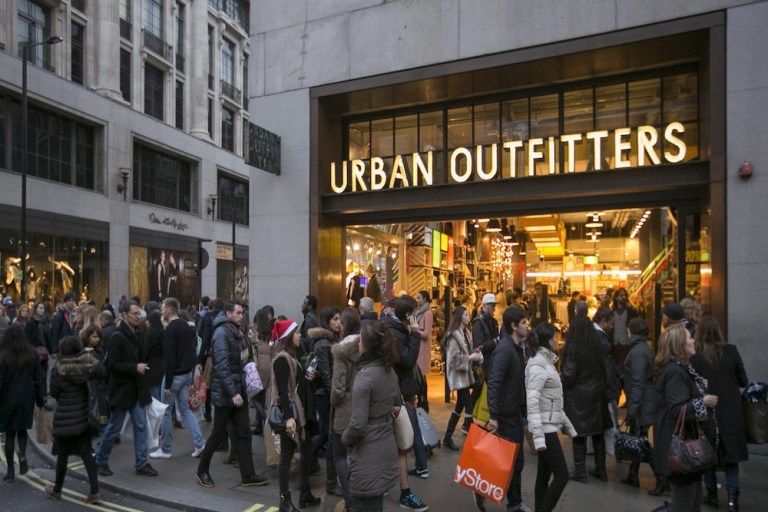
For years, the retail industry has added more and more locations to help feed the hungry consumer, but the main issue now is whether this has backfired on retailers. With businesses everywhere increasingly looking to adapt to the connected consumer with new eCommerce strategies, the tides may have finally turned in regards to traditional retail efforts.
One company speaking to this is clothing retailer Urban Outfitters. While its CEO, Richard Hayne, discussed how oversaturated the United States is with retail space, he also spoke to the possible bursting of the retail bubble. Coincidentally, this came just after a poor fourth-quarter earnings report.
He said, “Too much square footage was added in the 1990s and early 2000s, with thousands of stores opening. This created a bubble, and like housing, that bubble has now burst. We are seeing the results: doors shuttering and rents retreating. This trend will continue for the foreseeable future and may even accelerate.”
With smart devices entering consumers’ lives at an alarming rate of 5.5 million today and Gartner predicting that to hit 21 billion by 2020, it’s no surprise what’s happening in the retail industry.
The question now is how many more retail locations will shut down before the bubble is finished popping. In the past year, we’ve seen various retailers, like Macy’s and JCPenneys, shut down hundreds of locations across the country.
Most of these retailers realize the important shifting trend to more online-focused purchases and are taking active steps to help counteract that. From installing IoT sensors in stores to investing in chatbot messenger systems, retailers are gathering mounds of data to help provide more tailored customer experiences. As these restructured tactics take place, we’re likely to see a more innovative shopping experience like what Amazon has done with its new grocery store, Amazon Go, where there are no cashiers or checkout lines.